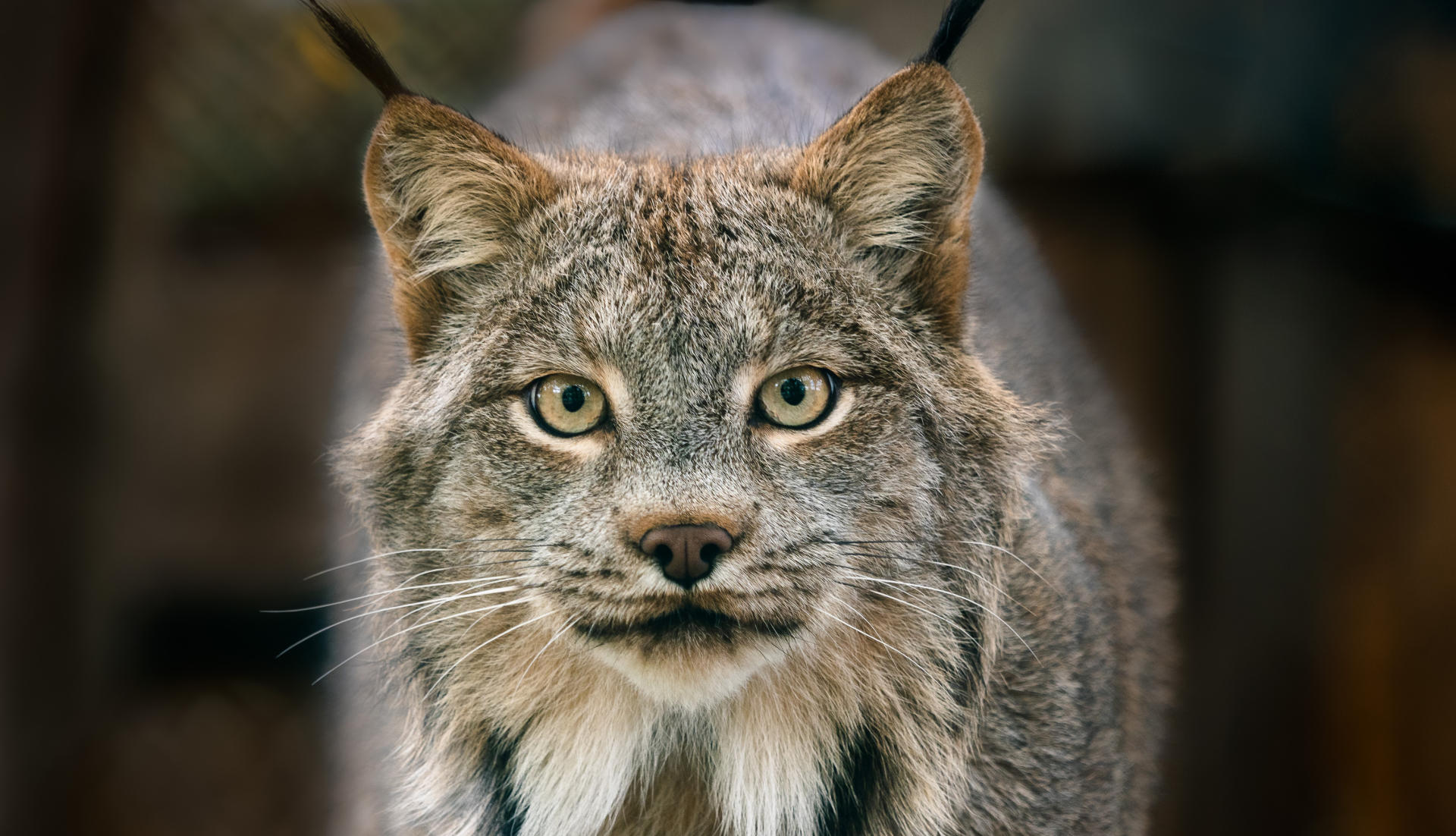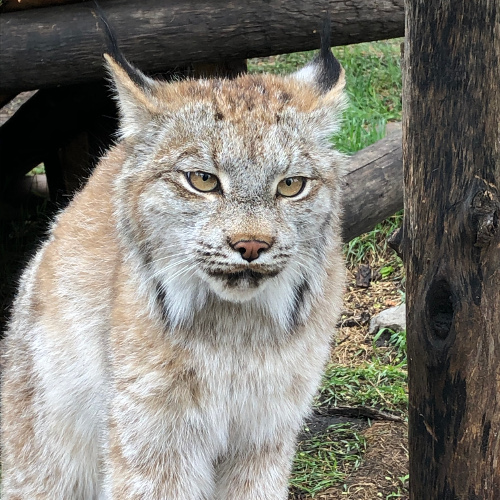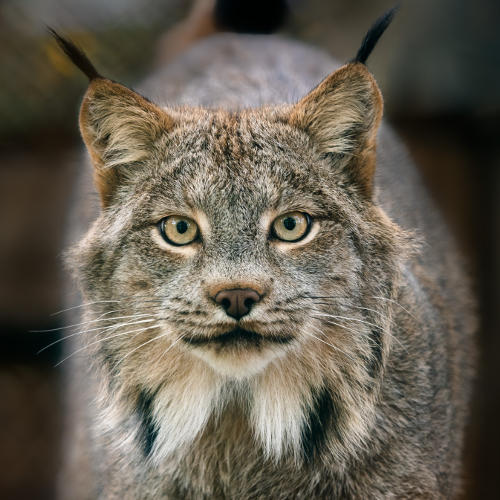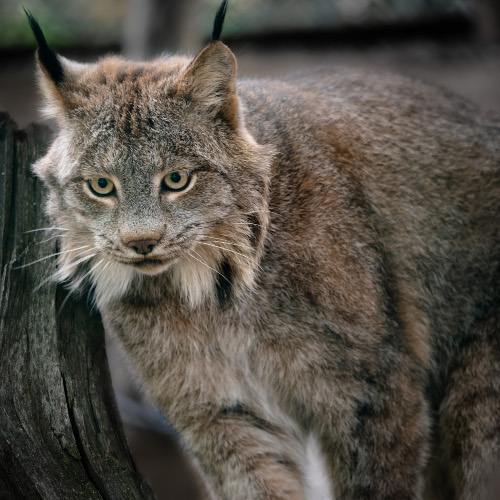




Canada lynx are a medium-sized cat with distinct long ear tufts, flared facial hair, and a black-tipped, bobbed tail. Canada lynx are part of the Species Survival Plan (SSP). In the 1900s their populations declined drastically due to the fur trade. Their population in the wild closely mimics that of the snowshoe hare, rising and falling in cycles.
When food is abundant, they stay in centralized locations. In other years, they roam hundreds of kilometres away from their home ranges. They are solitary animals but form temporary bonds during mating season.
The Edmonton Valley Zoo is home to a family of five lynxes: mom Xena, dad Sherman, one-year-old son Pishuu, and two unnamed kittens!
CLICK THROUGH THE TABS BELOW TO LEARN MORE!


